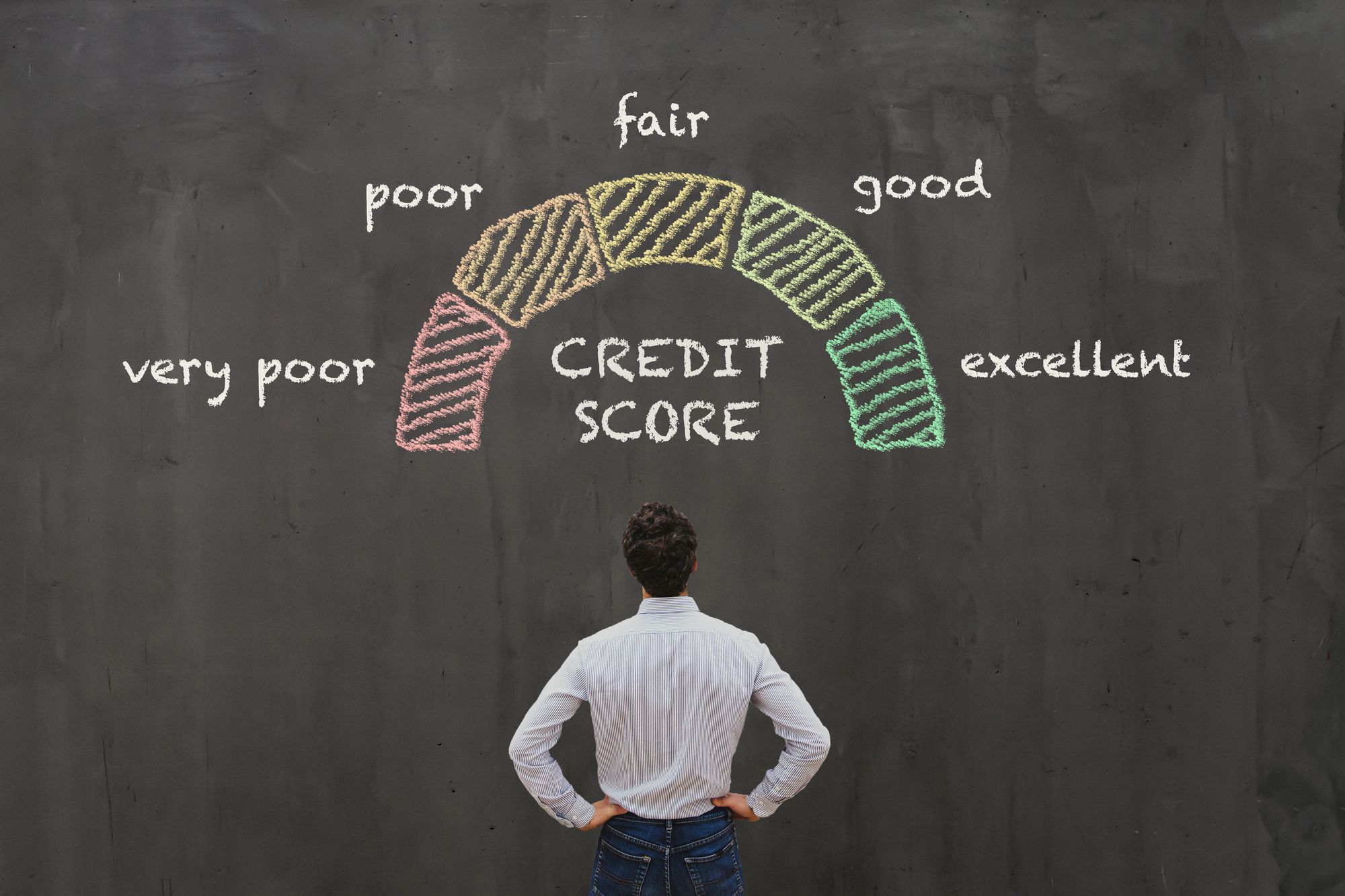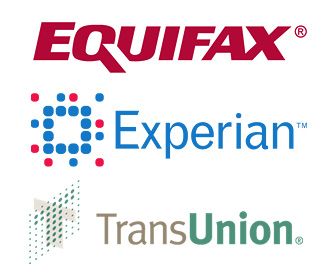Mastering Your Credit Score

Whether you are aware or not, you have a credit score. It is a 3-digit number that is used by credit-based companies (credit card companies, lenders, etc) that determines your credit worthiness. This number goes up and down depending on your various factors of your financial profile and the higher the number is, the better. Many people don't think about their credit score until they need it for a financial transaction. However, it is important to be proactive about building a strong credit score foundation. I would like to encourage those who have not really planned out how they want to utilize their credit score in the future to take action in 2023 as a goal. In this post, I will go into detail about how credit scores are calculated and what you can do today to take control of it and master it.
Credit Reporting Agencies
Before we get into how to master your credit score, let's first take a look at how the system works. When you want to deal with your credit score, you will often come across these three names:

These are the 3 main credit reporting agencies in the United States who are responsible for collecting data about your credit history and sharing it with companies that have a need for this information.
When companies have data related to your credit, they will typically* submit that information to Equifax, Experian, or TransUnion. The data can include:
- Credit account information, including payment history, balance of an account, when the account was opened, etc
- Debt collections
- Bankruptcies
Credit Scoring Models
Currently, the most commonly used credit scoring model for lenders and card issuers is FICO, but you will see VantageScore come up too especially with free credit health check tools. While VantageScore is used less now, it is gaining some market share and it is still helpful in gauging your overall credit health. Improving one of these scores will usually improve the other since the models look at the similar categories of data. Here is a breakdown of two scoring models:
VantageScore 3.0 Credit score ranges
| Credit score ranges | Rating |
|---|---|
| 300-600 | Poor |
| 601-660 | Fair |
| 661-780 | Good |
| 781-850 | Excellent |
VantageScore scoring model categories
| Category | Influence |
|---|---|
| Payment history | extremely influential |
| Age and type of credit | highly influential |
| Percentage of credit limit used | highly influential |
| Total balances and debt | moderately influential |
| Recent credit behavior and inquiries | less influential |
| Available credit | less influential |
FICO 8 and 9 Credit score ranges
| Credit score ranges | Rating |
|---|---|
| 300-579 | Poor |
| 580-669 | Fair |
| 670-739 | Good |
| 740-799 | Very good |
| 800-855 | Exception |
FICO model categories
| Categories | Influence |
|---|---|
| Payment history | 35% |
| Amounts owed | 30% |
| Length of credit history | 15% |
| New credit (inquiries) | 10% |
| Credit mix | 10% |
Steps to Master Your Credit Score
Step 1: Make Payments on Time
The highest weighted category for both FICO and VantageScore is your payment history so it is extremely important that you first and foremost make your minimum payments on time. Anything aside from that will not have as much impact. If possible, pay off your statement balance (NOT current balance) so you do not accrue interest. While interest charges do not impact your credit score, it is going to negatively impact your personal financial health.
Step 2: Sign Up for Free Credit Health Checks
Always stay on top of your credit score. The best way is to sign-up for tools that provide free real-time credit scores. You should get access to either your VantageScore and FICO credit score so you can monitor it on a routinely basis.
Before signing up for a fancy new app or website that offers free credit scores, you may already have access to tools from your pre-existing credit card accounts. Here is a list of some of the main card issuers that provide free credit score tools:
| Card Issuer | Scoring Model | Credit Bureau |
|---|---|---|
| American Express | VantageScore 3.0 | TransUnion |
| Bank of America | FICO Score 8 | TransUnion |
| Capital One | VantageScore 3.0 | TransUnion |
| Chase | VantageScore 3.0 | Experian |
| Citi | FICO Score 8 | Equifax |
| Discover | FICO Score 8 | TransUnion |
| U.S Bank | VantageScore 3.0 | Experian |
| Wells Fargo | FICO Score 9 | Experian |
If you do not have access to any free credit score tools, I recommend using Credit Karma which provides the VantageScore 3.0 credit score for free from both Equifax and TransUnion. Their UI is very easy to use and their reporting is more comprehensive compared to the card issuer tools. All these tools do soft pulls to get your data so you will not have any impact to your credit score.
Step 3: Build A Strong Credit Age Foundation
The most time-consuming category to make improvements on your credit age (length of credit history). Because of this, it is important to plan ahead on what possible credit needs you may have in the future. Here is a list of common ones:
- Getting a mortgage for a house
- Getting an auto loan for a car
- Getting a new credit card for a big purchase (to take advantage of spend requirements for welcome bonuses and save money)
- Getting a personal loan for home improvements
Each new credit-based product on your credit report will lower your credit age. To minimize the impact, I recommend opening at least two credit-based accounts you plan to have for 10+ years. I recommend more than two if you think you will get more into real estate investing or credit card churning.
Step 4: Increase Your Credit Limit
If you have credit cards, you can occasionally increase your credit limit. Having a higher available credit will improve your percentage of credit limit used (VantageScore) and amounts used (FICO) categories. Here are ways you can increase your credit limit:
- Keep your annual income profile updated on your card issuer accounts. They will occasionally raise your credit limit if your income increases.
- Some card issuers require a manual request to raise the credit limit. When you are not looking to apply for any new credit-based product in the next 6 months, consider applying for credit limit increases across all your credit cards where you need to manually request a credit limit increase. I recommend doing all the requests within a 14-day window so the hard inquiry impact is minimized.
- Avoid closing accounts. If you are not planning on using an account anymore, try to keep it if you can. Closing accounts will lower your overall credit limit which will cause your credit utilization rate to increase and impact your credit score.
Final Thoughts
Your credit score is your biggest asset in the world of borrowing. Having an excellent credit score will open doors on the best deals for credit cards and lending products on the market. It is better to be prepared in case you want to take advantage of credit-based products later. I recommend at least starting off with no annual fee credit cards if you are new as they make an excellent savings tool when used properly.
Hope this article has helped given you a better plan on managing your credit score in 2023! If you enjoyed reading this post, please consider subscribing to Pocket Finance Club to keep up with the latest financial news and tools to improve your pocket. We have a Twitter account and a Facebook page. We are also now sending out newsletters to members for posts going forward.
